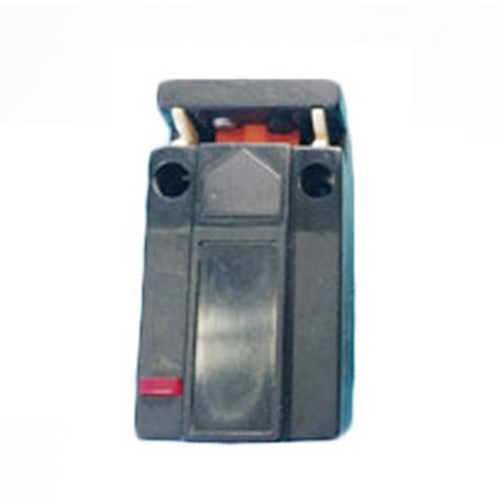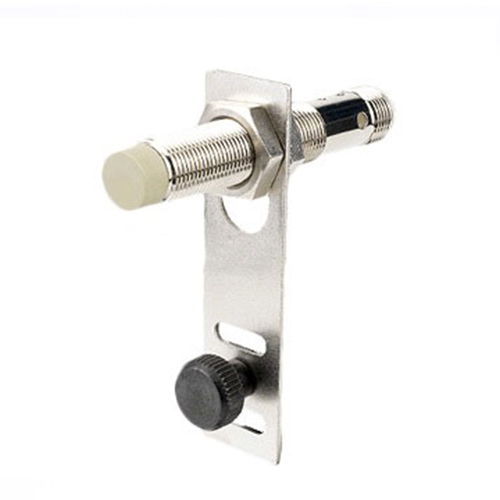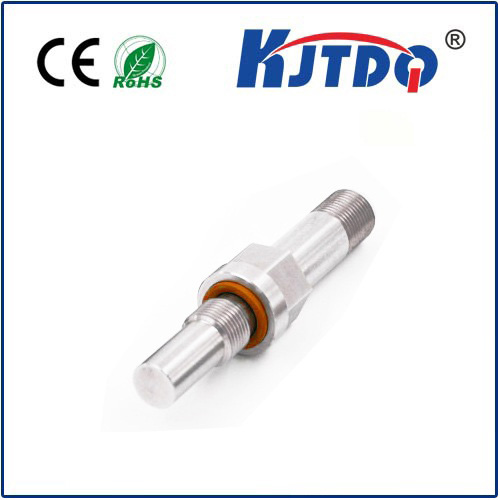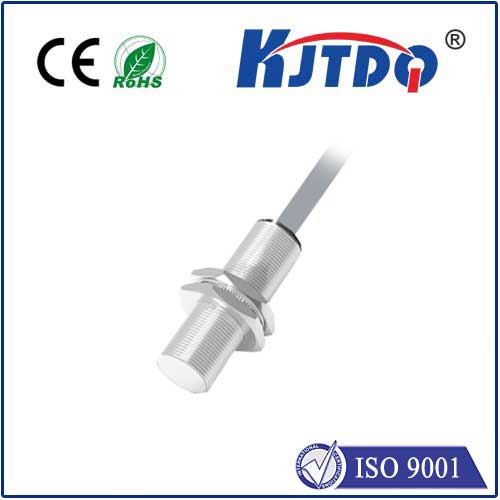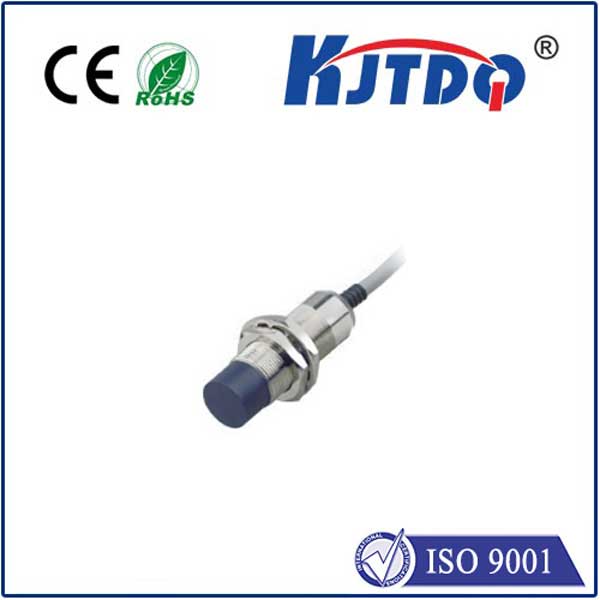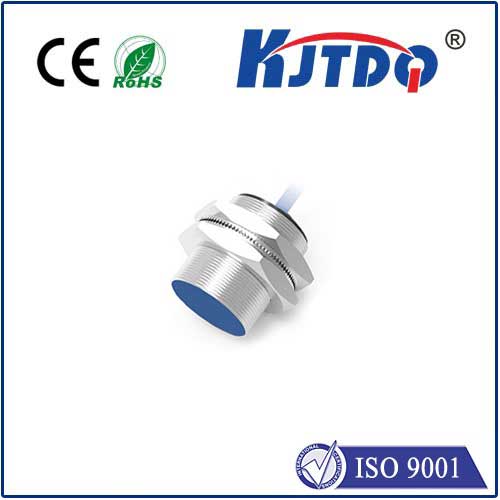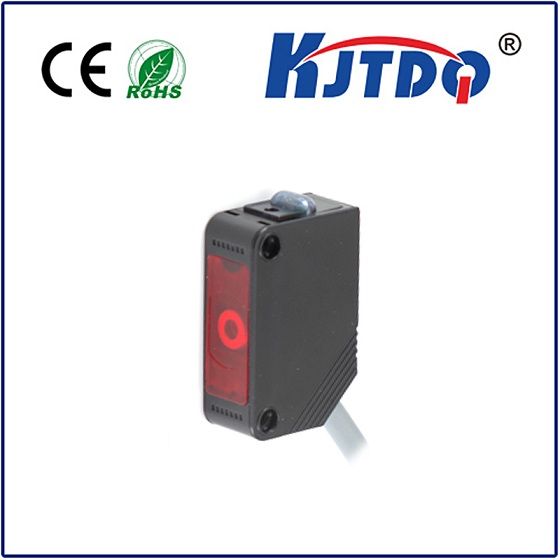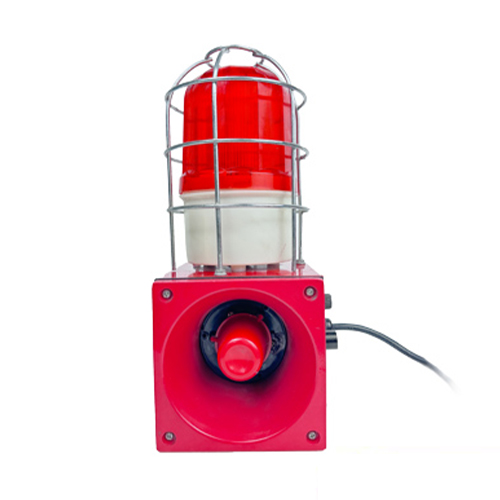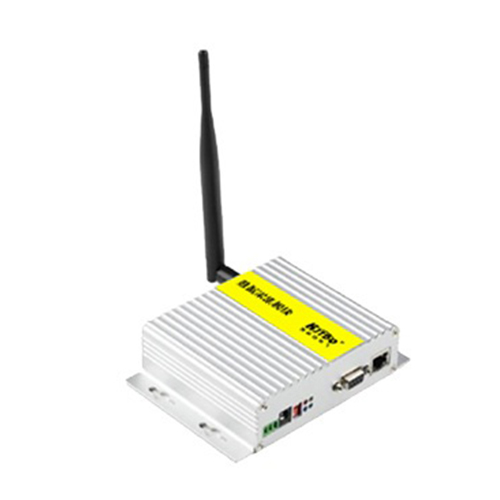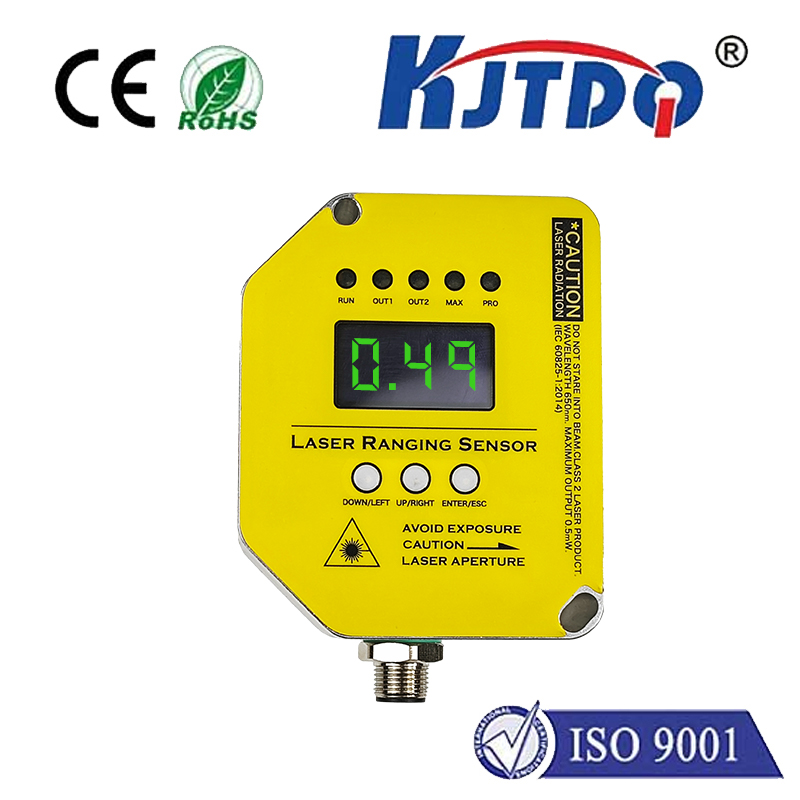

check

check

check

check
Title: The Revolutionary Micro Inductive Proximity Sensor: Unleashing the Power of Minimalism
Introduction to Micro Inductive Proximity Sensors
In today's fast-paced world, technology is constantly evolving, and innovation is key to staying ahead. One such innovation that has been making waves in the field of sensing and measuring is the micro inductive proximity sensor. This tiny yet mighty device has revolutionized the way we interact with our environment, providing accurate and reliable data without compromising on size or complexity. In this article, we will explore the capabilities and potential of micro inductive proximity sensors and their impact on various industries.
The Basics of Micro Inductive Proximity Sensors
Micro inductive proximity sensors are electrically operated sensors that use magnetic fields to determine the distance between two objects. They operate based on the principle of induction, where a changing magnetic field generates an electromotive force (EMF) in a coiled wire. This EMF then induces an electric current in a nearby metal object, which can be measured using a receiver. The accuracy of these sensors depends on factors such as frequency response, immunity to interference, and signal processing algorithms.
Applications of Micro Inductive Proximity Sensors
The versatility of micro inductive proximity sensors makes them suitable for a wide range of applications across various industries. Some of the most common applications include:
1. Automation and Robotics: Micro inductive proximity sensors are essential components in robotic systems, enabling them to detect and navigate obstacles, interact with other objects, and follow complex paths. They are also used in collaborative robots and industrial automation systems for tasks such as material handling, inspection, and quality control.
2. Healthcare: These sensors have found application in medical devices such as surgical robots, exoskeletons, and prostheses. They enable accurate detection and measurement of body movements, vital signs, and physiological parameters, facilitating better patient care and rehabilitation.
3. Industrial Inspection: Micro inductive proximity sensors are commonly used in industrial inspection processes to detect defects and anomalies in products such as electronic components, metals, and plastics. They offer high precision and speed, reducing production time and improving overall efficiency.
4. Transportation: In transportation systems like self-driving cars and drones, micro inductive proximity sensors play a critical role in detecting obstacles, navigating surroundings, and maintaining safety distances between vehicles. They also help improve traffic flow by providing real-time information about road conditions and traffic congestion.
Benefits of Micro Inductive Proximity Sensors
One of the main advantages of micro inductive proximity sensors is their ability to provide accurate and reliable data without requiring complex hardware or infrastructure. They are compact, lightweight, and low power consumption, making them ideal for embedded systems and portable devices. Additionally, their high sensitivity and fast response times allow for quick detection of changes in distances and environments. This results in reduced error margins and improved performance in harsh or dynamic conditions.
Moreover, micro inductive proximity sensors offer several benefits in terms of cost-effectiveness and scalability. They can be easily integrated into existing systems or customized to meet specific requirements, reducing downtime and maintenance expenses. Additionally, their modular design allows for easy upgrades and enhancements as technology advances.
Conclusion
Micro inductive proximity sensors are a game-changer in the field of sensing and measuring, offering unparalleled accuracy, reliability, and efficiency. Their diverse applications across various industries demonstrate their potential for transforming the way we interact with our environment. As research continues to push the boundaries of sensor technology, it is likely that micro inductive proximity sensors will continue to evolve and innovate, paving the way for new possibilities in the future.
